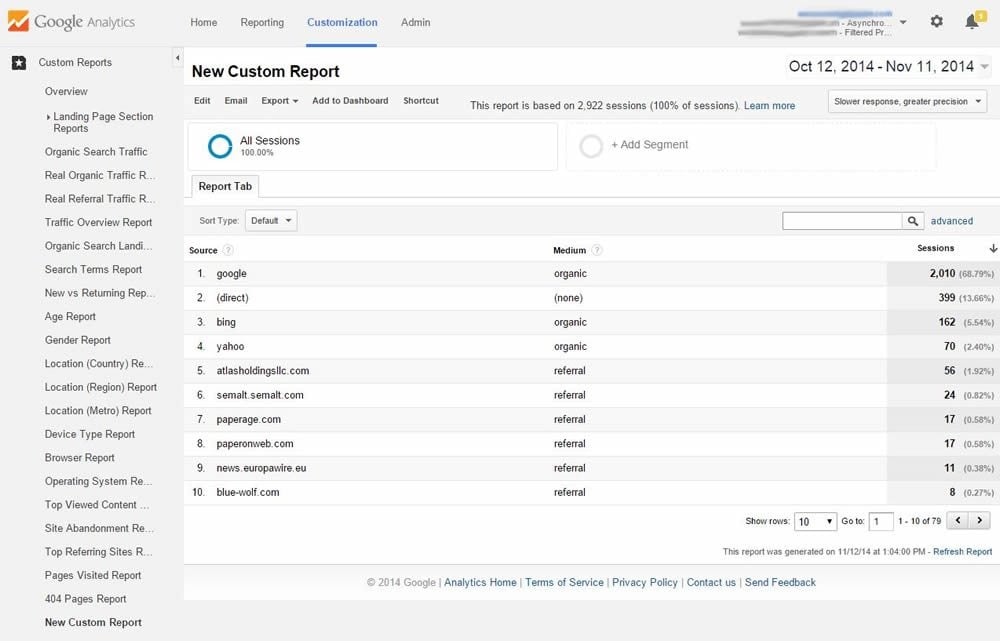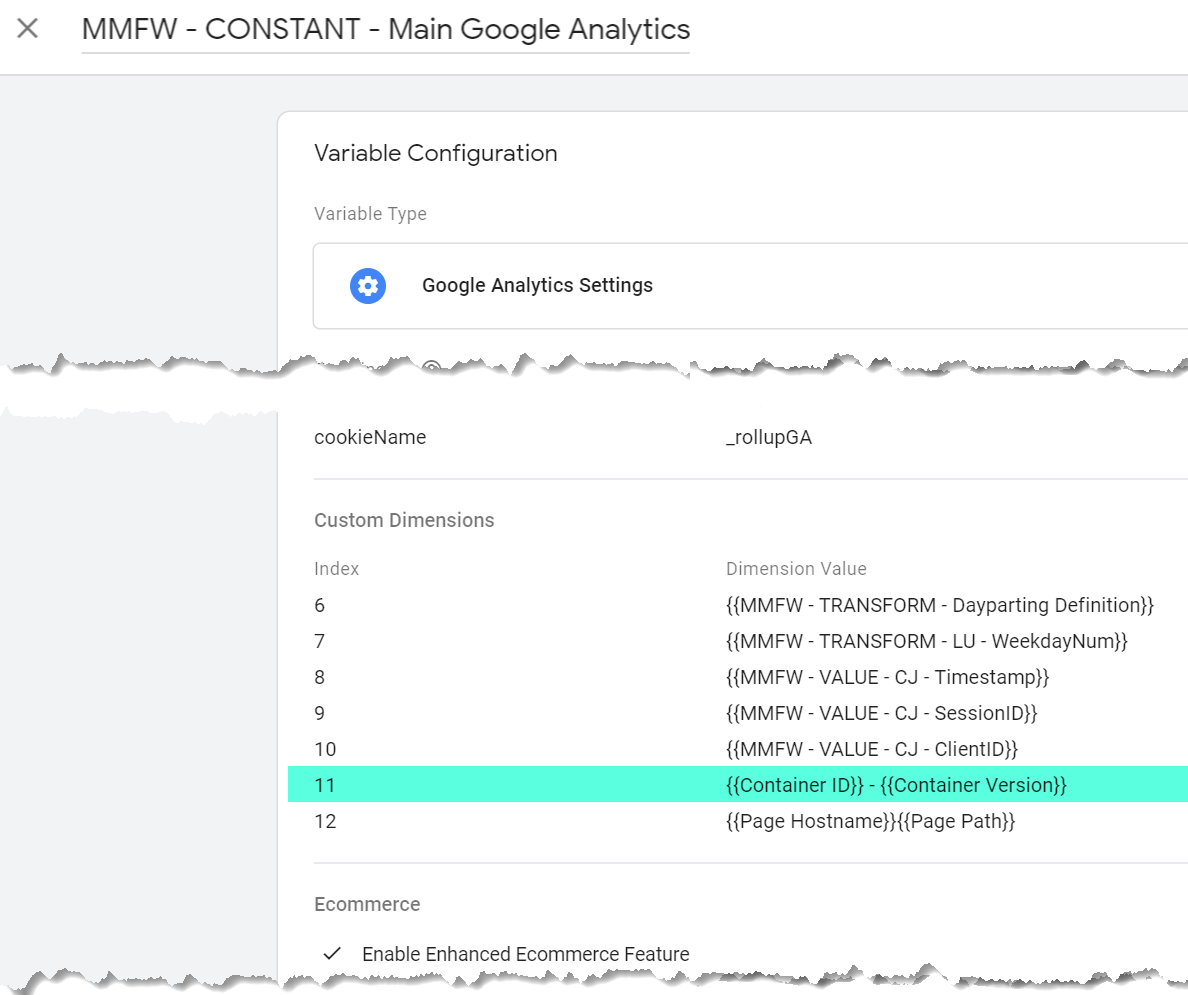Enhance Your Information Analysis Utilizing Secondary Measurement in Google Analytics
Exploring the capacities of secondary measurements in Google Analytics opens up a realm of possibilities for refining information analysis. By layering extra dimensions onto primary data collections, an even more intricate story emerges, losing light on customer communications and performance indications.
Recognizing Secondary Measurements
In the realm of data analysis, a crucial facet to grasp is the principle of second dimensions and their significance in extracting much deeper insights from Google Analytics records. Additional measurements in Google Analytics refer to extra parameters that can be added to the primary dimension, allowing for an extra in-depth analysis of data. By integrating additional measurements, analysts can sector and filter information to uncover patterns, patterns, and relationships that may not be noticeable when looking at the data overall. These second measurements can supply context and a much more extensive understanding of individual habits, website traffic sources, and other crucial metrics tracked by Google Analytics.

Benefits of Using Secondary Measurements
When assessing data in Google Analytics, the usage of second measurements supplies vital understandings into user habits and efficiency metrics. By including a second dimension to your primary information, you can dig much deeper into the attributes of your website site visitors and their interactions.
Furthermore, additional measurements boost the context of your main information, offering a more thorough sight of customer interaction and performance metrics. In general, the use of secondary dimensions in Google Analytics can dramatically improve the deepness and top quality of your data analysis, leading to even more educated decision-making and improved end results.
Just How to Add Additional Dimensions
By including additional dimensions in Google Analytics, users can obtain deeper understandings right into their information evaluation procedure, permitting for more extensive assessment of user actions and performance metrics. Including additional measurements is an uncomplicated process that can considerably improve the deepness of evaluation. To include an additional dimension in Google Analytics, begin by browsing to the report you desire to analyze. Once in the report, find the "Additional measurement" tab above the data table. Click it to disclose a dropdown food selection with numerous choices such as Behavior, Modern Technology, and Personalized you can check here Capacities. Select the dimension you desire to include, such as 'Source/Medium' or 'Device Classification'. This secondary measurement will after that be related to your existing information, giving extra context and enabling a much more thorough evaluation of user communications. By making use of second dimensions efficiently, users can uncover important insights that might have or else been forgotten, leading to educated decision-making and boosted performance strategies.
Studying Data With Second Dimensions
Utilizing secondary dimensions in information evaluation supplies a much more comprehensive understanding of click here to find out more customer habits and efficiency metrics. By including a secondary measurement to your main data embeded in Google Analytics, you can delve deeper right into the attributes of your site visitors and their interactions. Combining the key dimension of 'source/medium' with the secondary dimension of 'touchdown page' can expose which specific web pages are attracting traffic from different sources, helping you optimize these pages for far better interaction.

Basically, examining data with secondary measurements equips you to obtain valuable insights into customer actions, identify fads, and make notified choices to boost the performance of your digital residential properties.
Best Practices for Secondary Measurements
In information analysis, integrating secondary measurements effectively can significantly enhance the deepness of understandings originated from metrics and individual behavior patterns. When making use of additional measurements in Google Analytics or any type of various other logical device, it is crucial to follow ideal methods to make certain the precision and significance of the data analysis.
One secret finest technique is to thoroughly choose secondary measurements that match the primary dimension being examined. Choosing second dimensions that supply additional context or additional segmentation can offer a more detailed understanding of the information. It is additionally necessary to stay clear of overcomplicating the analysis by including a lot of second dimensions, which might result in complication or dilution of insights.
In addition, it is suggested to experiment with various combinations of key and additional dimensions to uncover new relationships and trends. Consistently improving the choice and assessing of second measurements based upon the particular objectives of the analysis can cause more workable understandings. By adhering to these best techniques, information analysts can utilize second dimensions properly to boost the general information evaluation procedure and decision-making capabilities.

Verdict
To conclude, incorporating additional dimensions in Google Analytics is crucial for a thorough data analysis method. By leveraging secondary dimensions alongside primary ones, experts and marketers can discover important insights and connections that can educate decision-making and optimize see this site digital advertising techniques. Comprehending just how to properly utilize second dimensions and following ideal practices will enable experts to draw out purposeful data and boost their general performance metrics.
Secondary measurements in Google Analytics refer to additional parameters that can be added to the primary measurement, enabling for a more comprehensive evaluation of data. By incorporating secondary measurements, experts can segment and filter information to reveal patterns, trends, and connections that might not be obvious when looking at the data as a whole. Incorporating the primary dimension of 'source/medium' with the additional measurement of 'landing web page' can reveal which certain pages are attracting website traffic from different resources, aiding you optimize these web pages for far better involvement.
One trick best technique is to thoroughly select additional measurements that match the main measurement being evaluated. By complying with these best methods, data analysts can leverage secondary dimensions efficiently to enhance the overall data evaluation procedure and decision-making abilities.